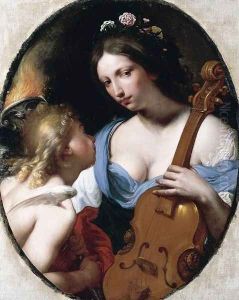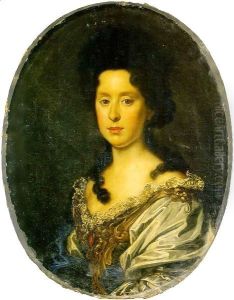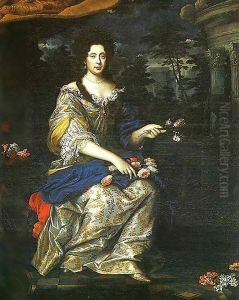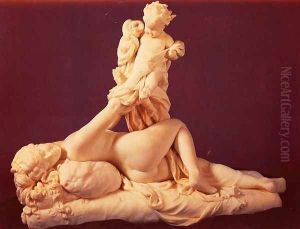Antonio Franchi Paintings
Antonio Franchi was an Italian painter of the Baroque period, born in Villa Basilica (Lucca) in 1638. His early life gave little indication of his future artistic achievements, as he was initially apprenticed to a silk merchant. However, Franchi's passion for art would soon lead him to abandon commerce for painting. He moved to Florence, where he became a student of the Medici court painter, Baldassare Franceschini, known as Volterrano. Under Franceschini's guidance, Franchi honed his skills, particularly in fresco and oil painting, developing a style characterized by its dramatic use of light and color, typical of the Baroque era.
Franchi's work soon gained recognition, and he was commissioned to produce religious and historical paintings for churches and palaces in Florence and its surroundings. Notable among his works are the frescoes in the chapel of the Villa Medici at Poggio a Caiano and his paintings for the church of San Frediano in Cestello, Florence. His talent for portraiture also brought him a number of prestigious commissions, including portraits of members of the Medici family, which helped to cement his reputation.
Despite his success, Franchi's career was not without its challenges. He navigated the complex politics of the Medici court and the competitive Florentine art world, where he sought to establish himself against contemporaries such as Giovanni Battista Foggini and Lorenzo Lippi. In addition to his painting, Franchi was also an art theorist, and in 1709, he published 'La Teorica della Pittura'. This treatise provided insights into his views on art, advocating for a balance between the study of nature and the emulation of classical models, reflecting the intellectual debates of his time regarding the ideal sources of artistic inspiration.
Antonio Franchi's contributions to the Baroque period extend beyond his paintings. His theoretical work has been recognized for its influence on subsequent generations of artists, and his paintings continue to be admired for their vibrancy and emotional depth. Franchi died in Florence in 1709, leaving behind a legacy that has ensured his place within the rich tapestry of Italian art history.



